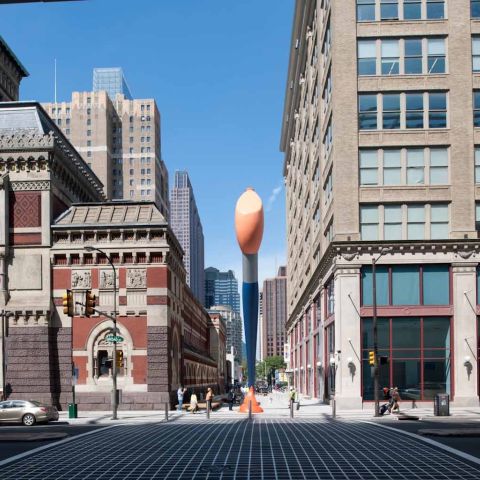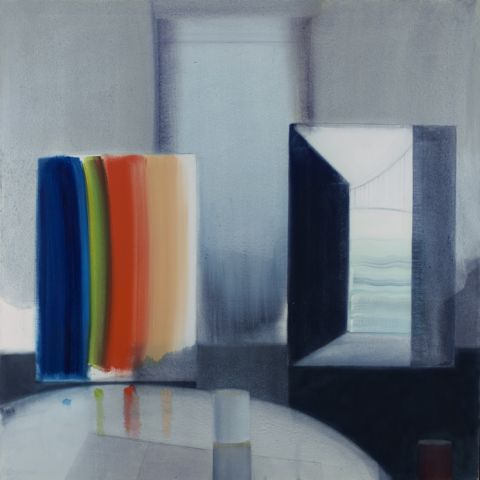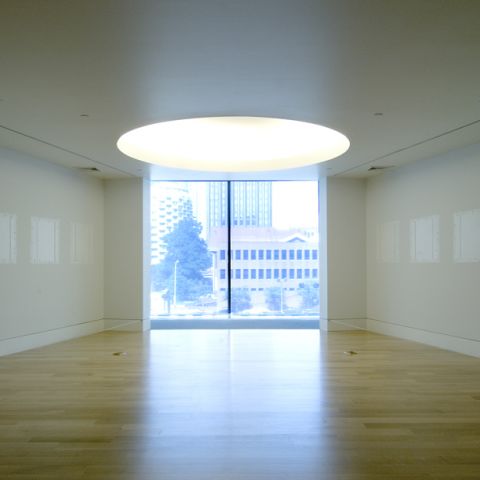Elizabeth Osborne: The Color of Light
Long recognized by critics and her peers as one of the most innovative and daring Philadelphia-based artists of the last 40 years, Elizabeth Osborne (born 1936) has tirelessly explored the psychologically-charged space between abstraction and realism. Osborne studied at PAFA (1954-58) and was a faculty member from 1963 to 2011.
A prolific and frequent exhibitor in Philadelphia and throughout the United States, Osborne has produced a multivalent and challenging body of work that has shifted tone and content gradually since the 1960s. Although she is well-known to Philadelphia audiences, there had never been a full survey of her work. This exhibition and its accompanying publication sought to reveal the range, depth, and importance of Osborne's art and place it in the context of postwar American art.
Osborne may be known to some for her virtuoso, glowing realist watercolors of the late 1970s or monumental, hallucinatory landscapes of the early and mid-1970s. Others may know her recent boldly-painted ruminations of nature in its micro- and macrocosm. Yet Osborne's oeuvre is full of surprises, stylistically experimental yet cohesive, hauntingly introspective and complex in its artistic and personal associations. The Color of Light brought together works from all periods in her career, from a provocative series of 1960s interiors to innovative land- and seascapes of the 1970s, ambitious large still-lifes of the late 1970s and early 1980s and increasingly abstract work of the past two decades. Approximately 50 paintings were included, as well as a selection of works on paper, source materials and sketchbooks from the artist's collection.
Unique among Philadelphia painters, Osborne used her rigorous PAFA training in concert with life-long exploration of the meaning, metaphorical power and spiritual associations of light and color. Clearly composed and impeccably designed, Osborne's compositions integrate the intensely observed world through a study of minimalism and color field painting. The result is a body of work that elides abstraction into realism and challenges the viewer to rethink distinctions between these ways of seeing and depicting the world.
Explore More Exhibitions
We're so excited you're planning to visit PAFA!
Make time for art — visit us Thursday to Sunday.
Before reserving your tickets, please review helpful information about museum hours, accessibility, building access, and special admission programs.
If you have any questions, feel free to reach out to us at visitorservices@pafa.org — we’d love to help!



